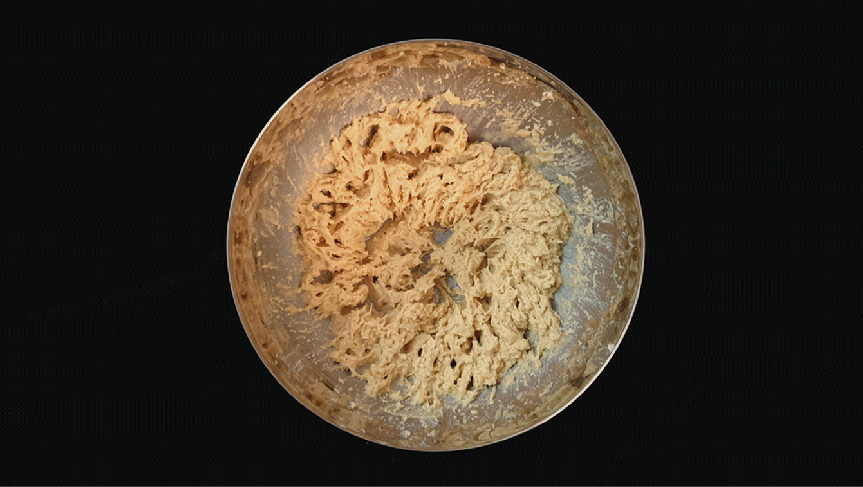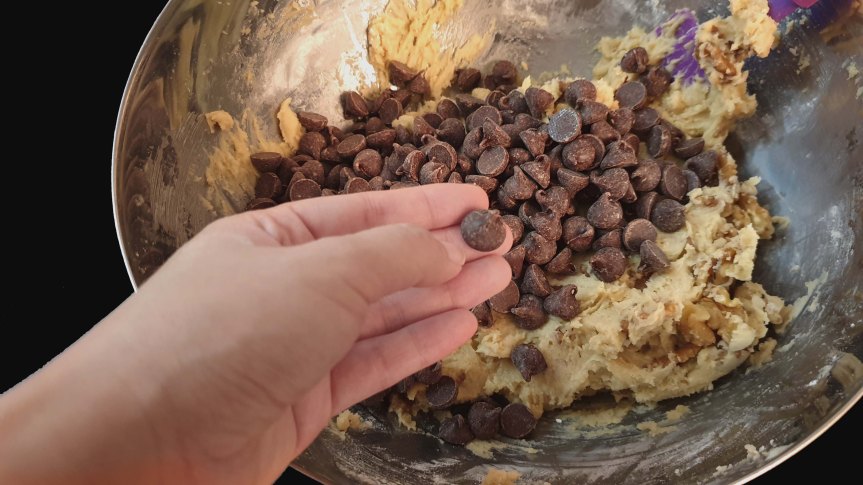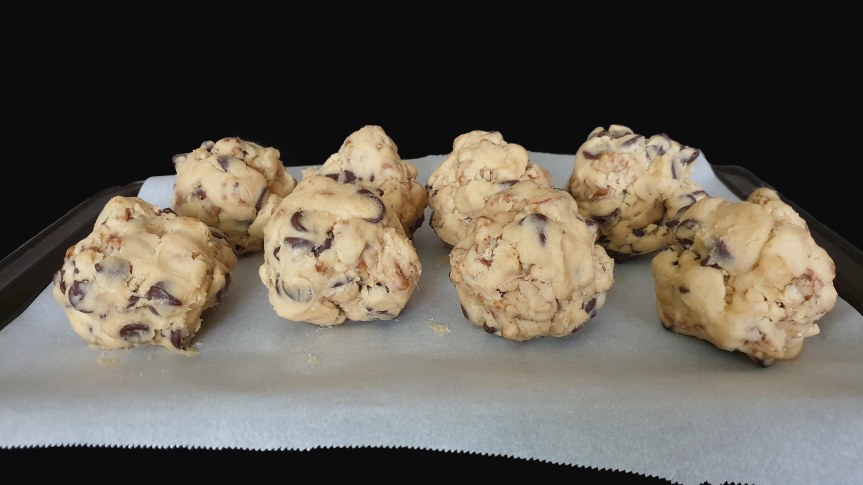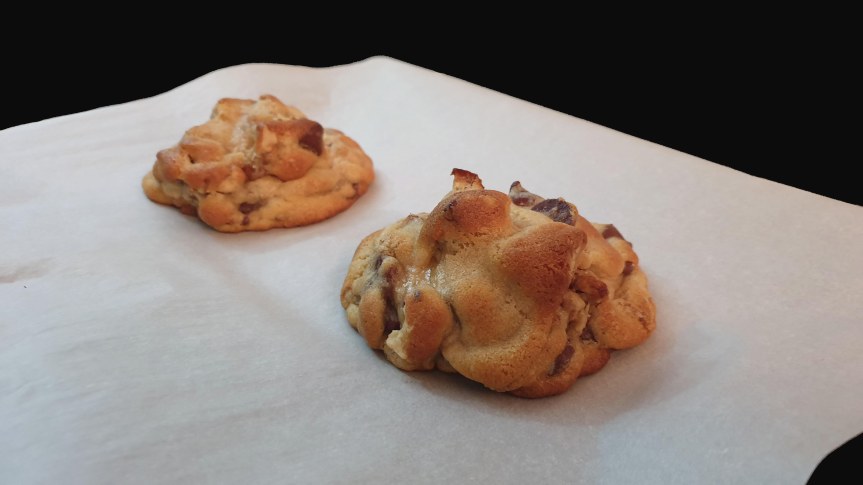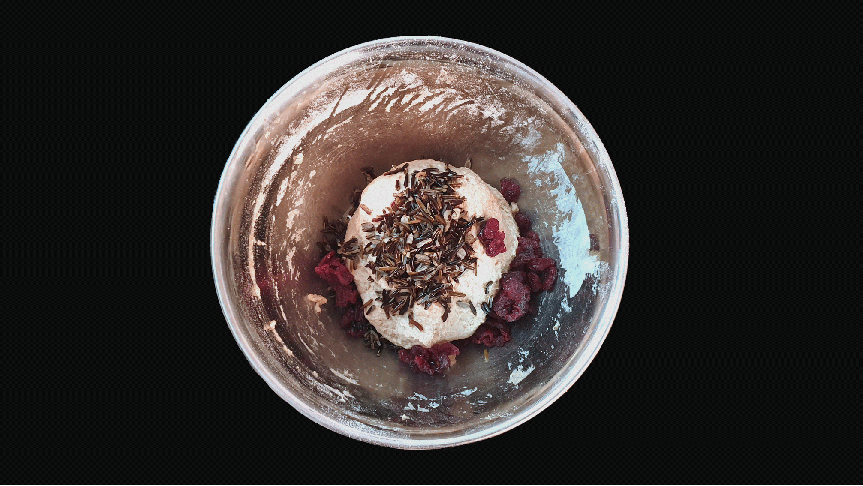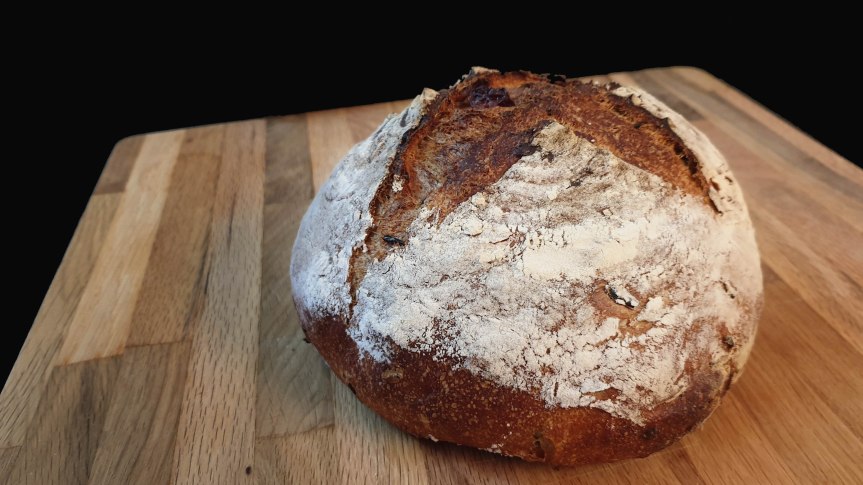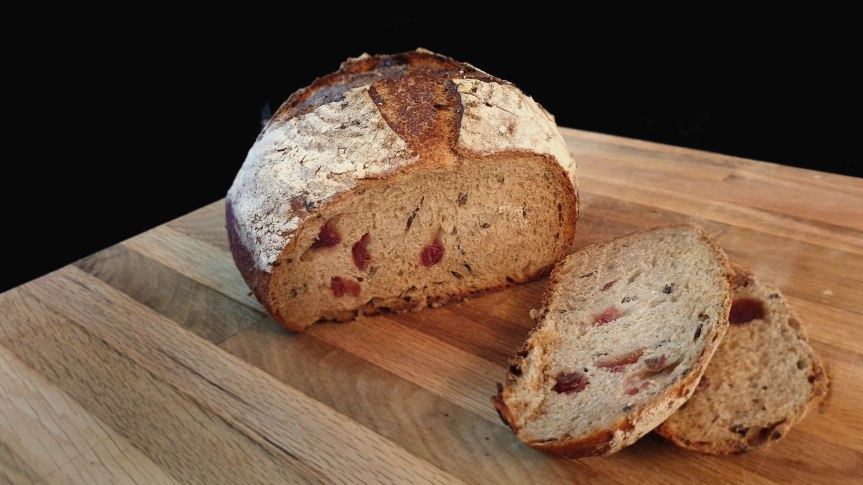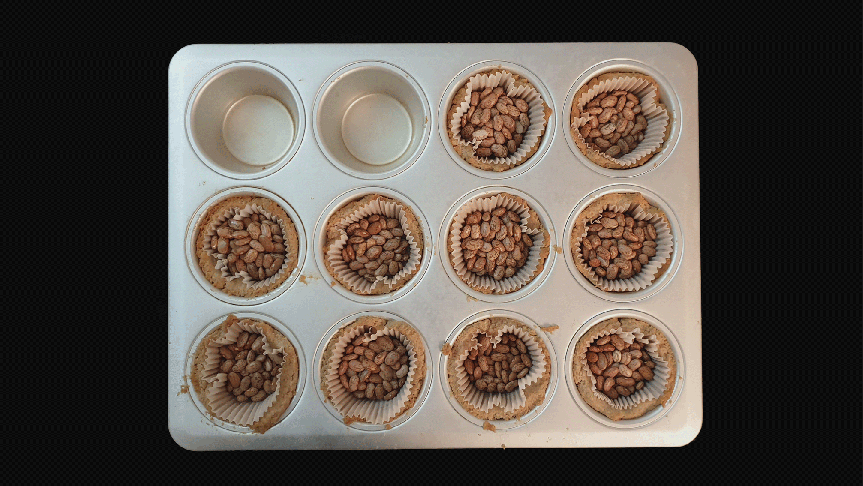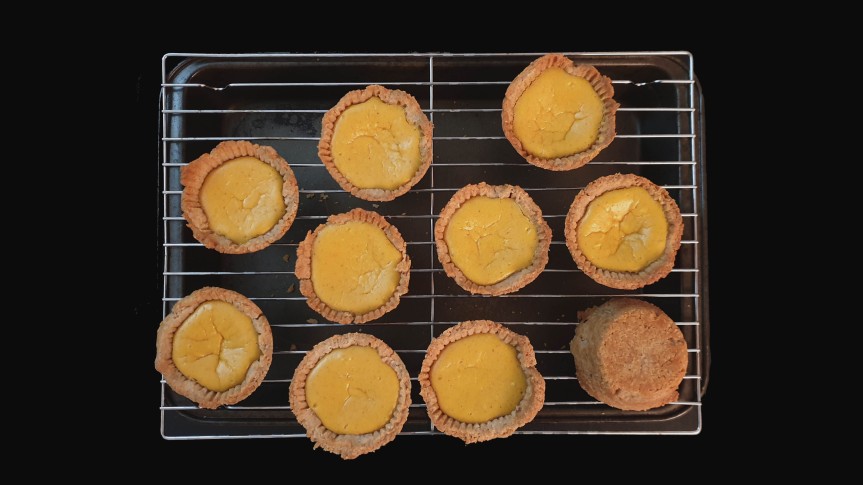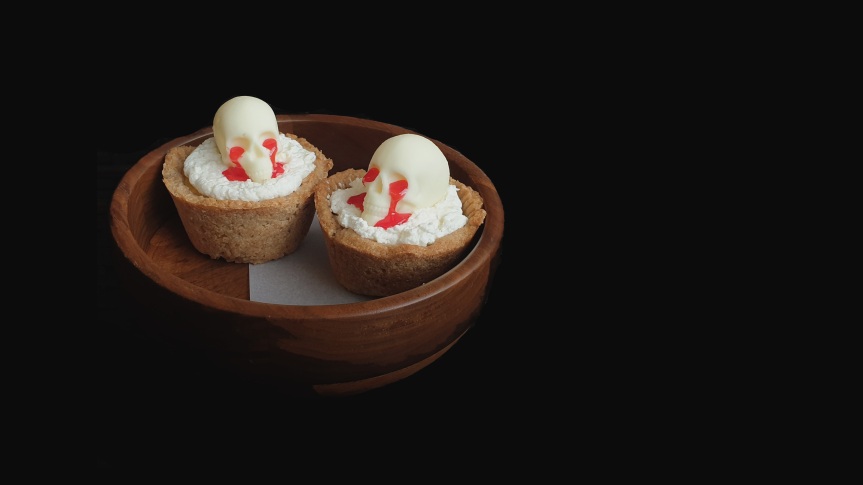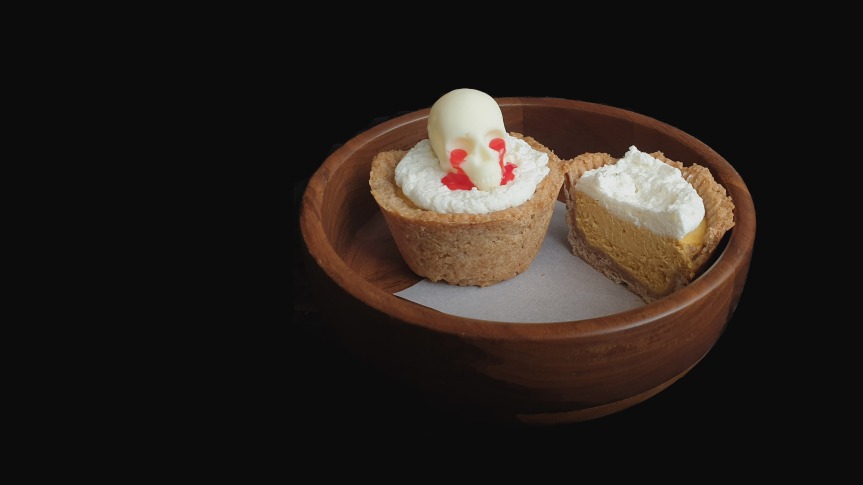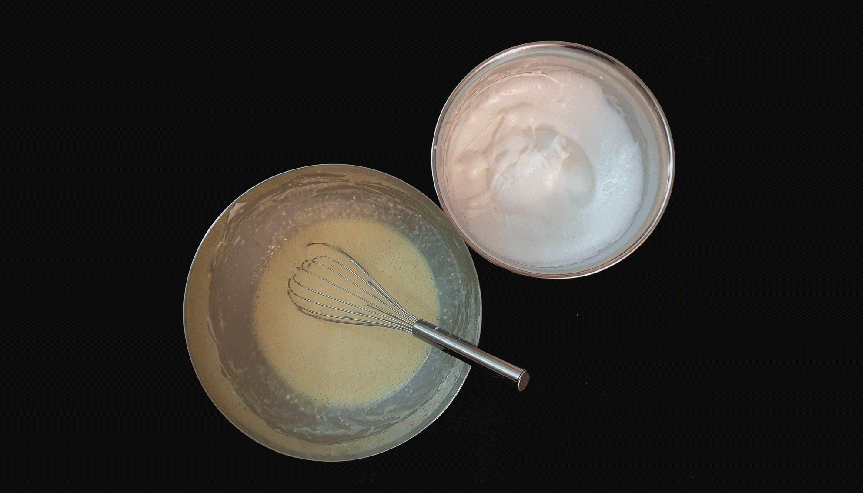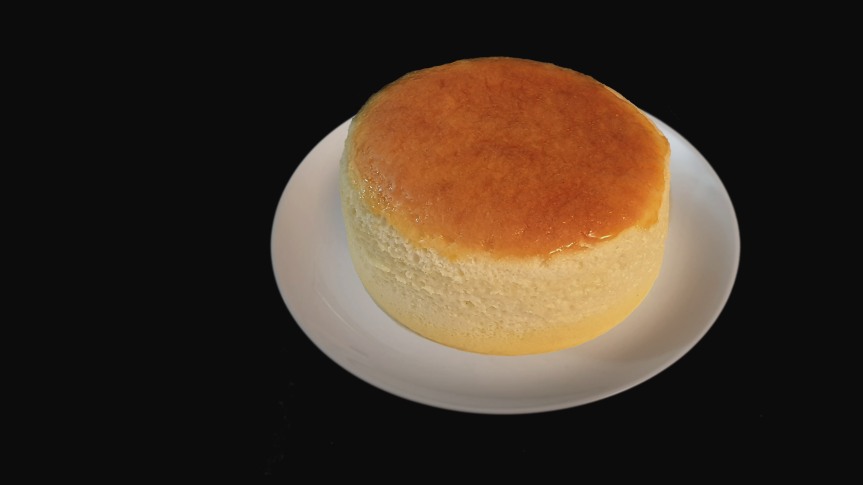Cuuuuuuuuuuuute.
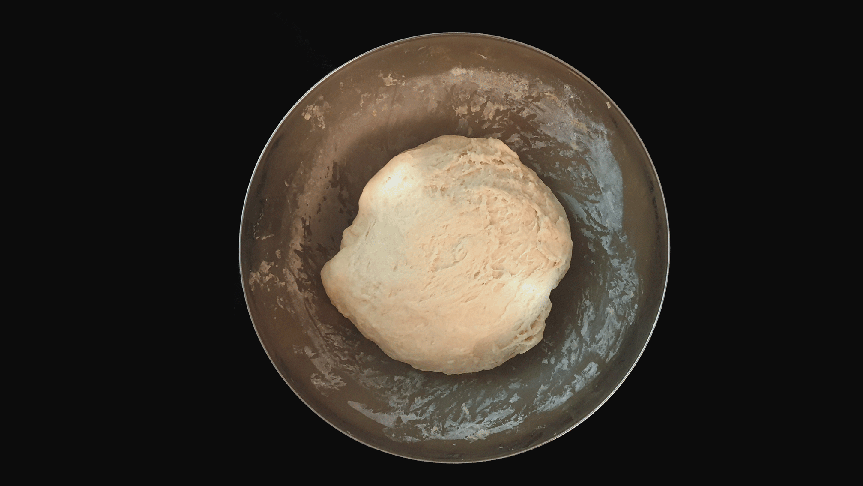
Do you want to make Thanksgiving prep even more stressful and time-consuming? Boy do I have the recipe for you.

I kinda do think the cuteness factor makes it all worth it though. And it’ll make your family (or in my case friends since I made if for Friendsgiving) suuuuper impressed.
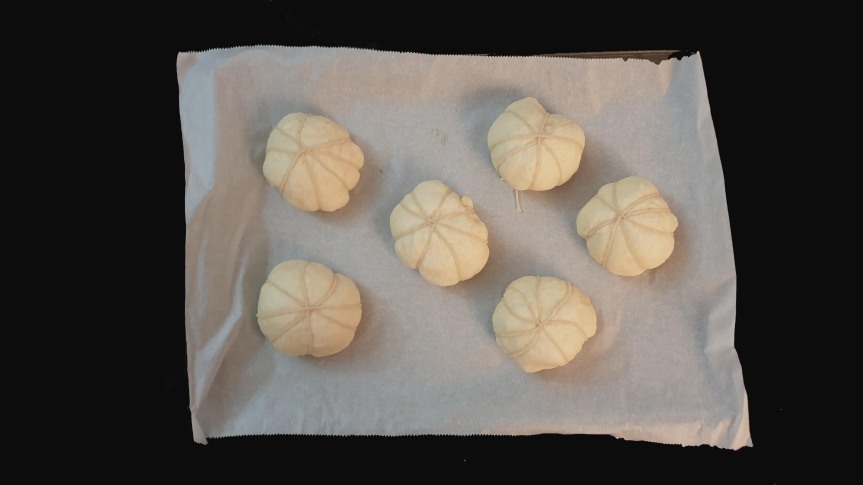
Bondage buns.
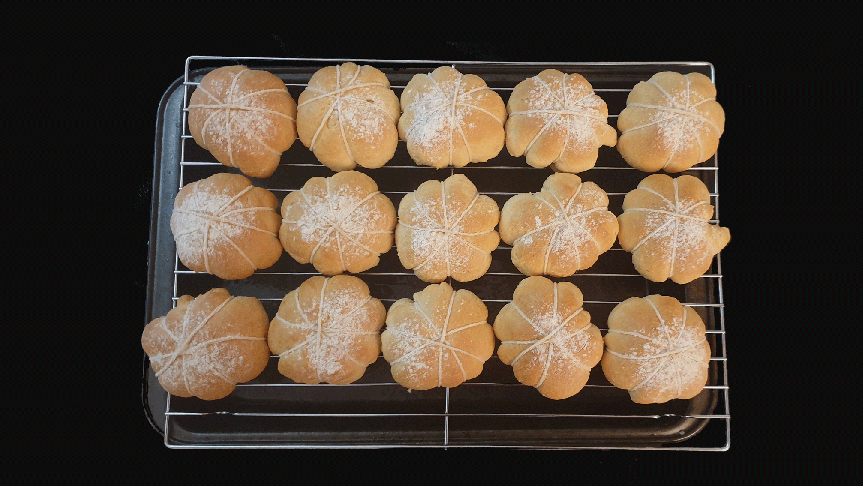
I tried making something similar before but I’ve now learnt the secret of oiled string, which makes untying the bread a breeze.

The little stems are also made of bread, and have kind of a crouton-like structure. Alternatively you could use pecans as stems, but I think the bread stem is kind of cuter.
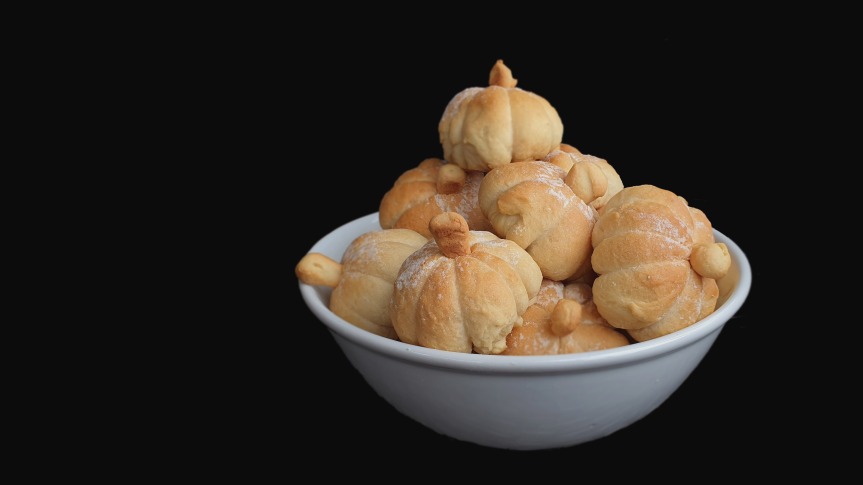
I got the recipe from the Old Faithful foodwishes.
Ingredients (makes 12)
- 1 cup milk (about body temperature)
- 7g (1 packet) instant yeast
- 1.5 tbsp honey
- 56g (4 tbsp) butter
- 375g (3 cups) flour
- 1 tsp salt
- Some oil (to oil the dough and string)
Method
- Mix all the ingredients together and knead dough until smooth and elastic.
- Oil the dough, cover (either with a damp cloth or with oiled clingfilm), and let rise until doubled in size.
- Meanwhile, cut out 4 strings per bun (about 8-10 inches long), and mix with 1 tbsp of oil until all the strings are well-oiled.
- When the dough has risen in size, knock down the dough. Set aside some dough to make the stems. Then divide the remaining dough into 12 pieces (if like me you can’t do this by eye, weigh the dough and then divide the dough into 12 by weight).
- Shape each dough piece into a ball, and cover and let rise for 15 mins or until slightly puffy looking.
- Lay 4 pieces of string over each other, intersecting at one point (see the original recipe video). Then lay a dough piece smooth side down, centered over the intersection of the strings. Tie each string snugly against the bread (but not squeezing the bread), such that the bread is now divided into 8 sections by the string. The more precise the intersection of strings, the nicer the bread will look.
- Cover and let rise for 30 mins, or until the dough has risen enough to bulge out slightly between the strings. Meanwhile preheat the oven to 375°F/190°C.
- When the dough has risen enough, give a light dusting of flour over the buns for a ~rustic look~. Then bake in the preheated oven for about 18-23 mins (mine took closer to 18), or until golden.
- Let cool slightly at room temperature for about 15 mins before cutting the strings.
- While the bread is cooling, shape stems from the dough set aside earlier into roughly a triangular shape.
- Bake the stems in the oven for about 15 mins. Basically just don’t let it burn. Let stems cool until cool enough to handle.
- When you’ve removed the strings from the bread, use a small knife to make a small incision at the top of the bun. Put the stem in pointy side in.
Notes
- All timings listed are a general guide. It’s better to follow the description (eg doubled in size) rather than the timings, as the timing depends on many factors like the activity of your yeast, or the surrounding temperature.
- If you’re using active dry yeast instead of instant yeast, you might have to activate the yeast first. Warm up the water that was supposed to go into the bread till it’s about body temperature, and then add the yeast into the water. When the mixture is foamy (about 5-10 mins later), the yeast is ready to be used.
- Make sure you cover all dough with a damp cloth when you’ve not actively working with the dough to make sure the dough doesn’t dry out. This is especially since this recipe involves a lot of shaping so the dough is a lot more likely to dry out while you’re shaping all the buns.



